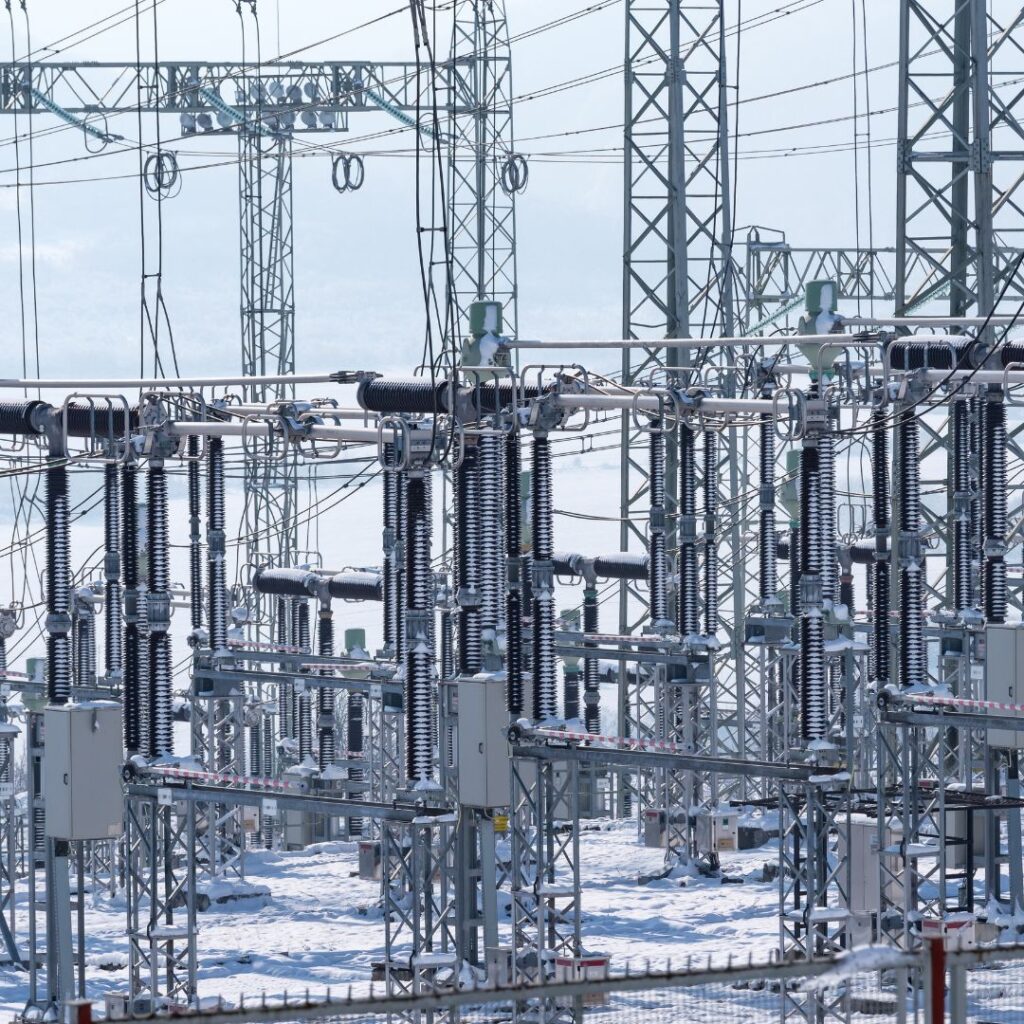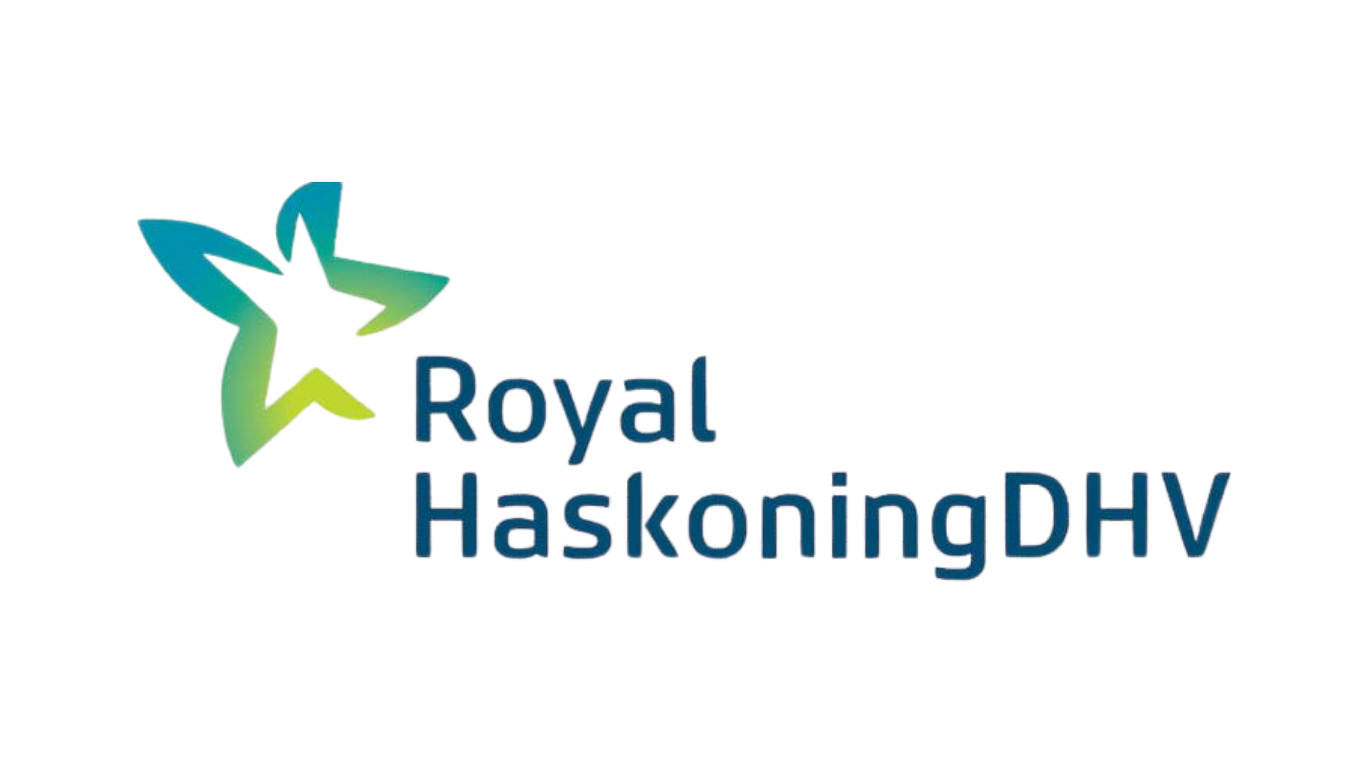With over 55,000 electrical substations in the US, it’s clear they are the backbone of our modern power grid. They play an important role in transmitting and distributing electricity while making sure that power reaches our homes, offices, and industries efficiently and reliably. Just as important, however, is the complex process of electrical substation planning and gaining permission — a fact we often overlook until we have to face that daunting task.
No worries! In this post, we’ll guide you on electrical substation planning and permissions. Also, we’ll cover how you can use the best tools and software such as Transcend Design Generator to make this process as smooth as possible.
What Are Electrical Substations?
Before diving into the planning and permission process, let’s first understand what an electrical substation is.
Simply put, it’s a facility that transforms high-voltage electricity from power plants into lower-voltage levels suitable for distribution to homes and businesses through power lines.
But that’s not all. Electrical substations also play an essential role in monitoring and protecting the grid against voltage drops, power surges, and other electrical disturbances. They act as a control center for power grid operations and help ensure that electricity is delivered safely and reliably.
The Need for Electrical Substation Planning
Electrical substations are critical infrastructure that requires careful planning to meet the growing demand for electricity in both developed and developing countries. As populations increase, so does energy consumption, making it necessary to expand and upgrade the power grid.
However, planning for electrical substations is a complex process that involves multiple stakeholders, including government agencies, landowners, utility companies, and local communities. It requires careful consideration of technical requirements, environmental impact assessments, public consultations, and regulatory approvals.
Moreover, the planning process must also anticipate future energy needs while balancing factors such as cost, land availability, and environmental concerns. It’s a delicate balancing act that requires expertise and collaboration from various disciplines.
Factors Influencing Substation Planning
There are a few factors that will play a massive role in determining the feasibility and success of your electrical substation planning. These include:
Load Demand and Growth Projections
According to a study by the World Nuclear Association, global electricity demand is set to increase by nearly 50% by 2040. This surge in energy consumption highlights the importance of accurately projecting load demand and growth when planning an electrical substation.
Load demand, or the amount of electricity consumed in an area, is a critical factor to consider during substation planning. You must assess current energy usage and growth projections to determine the type and size of the proposed substation.
For example, a growing city will require more substations to meet the increasing energy demand. By taking this proactive approach, you can minimize the risk of future power shortages.
Geographic Location and Environmental Considerations
Our role as responsible citizens is to minimize environmental impact and plan for sustainable energy solutions. During the planning process, you must consider the substation’s geographic location and potential environmental concerns such as noise pollution, land degradation, and visual impact on surrounding areas. This will help you select the best location for your substation while minimizing potential environmental conflicts.
Technological Advances and Integration
Technology is the lifeblood that fuels and propels modern power grids.
Advances in technology have made it possible to integrate renewable energy sources, such as solar and wind, into the grid. When planning for an electrical substation, you must consider future technological advancements and how they can be integrated into your plans. This will ensure that your substation is scalable, adaptable, and future-proof.
Using an advanced software solution such as Transcend Design Generator can help you plan for these factors and streamline the entire process. For example, Transcend Design Generator (TDG) can effectively architect and arrange all major substation components, using data inputted by the user and design rules informed by industry standards and best practices.
Just like the process experienced engineers have used to develop substation designs for decades, TDG stores the aggregate design in a unique data structure, cataloging every essential piece of data and parameter. This comprehensive facility data, both user-provided and calculated, forms the foundation for all related drawings and documentation.
With TDG, you can also perform virtual feasibility studies and assess the impact of future technological advancements on your substation design. This helps reduce risks, save time and resources, and ensure that your plans are sustainable – both from an environmental and financial perspective.
Planning for the Power Substation
Now, let’s talk about what goes into planning an electrical substation. It may sound simple, but many factors at play can significantly impact the decision-making process. These include:
Preparing for Substation Planning
Before starting the planning process, you must gather all relevant data and information that will guide your decisions. This includes population and energy consumption data, infrastructure maps, environmental studies, and regulations related to substation construction.
It’s also crucial to identify key stakeholders early on in the process and involve them in discussions. This includes government agencies, local communities, landowners, utility companies, and other relevant parties. By engaging with stakeholders, you can address concerns and potential roadblocks before they escalate.
Site Selection and Land Acquisition
Selecting the right location for your substation is essential for its success and longevity. The ideal site should have suitable terrain, easy access to transmission lines, minimal environmental impact, and adequate space for future expansion. It also goes without saying that you should acquire the land legally and consider the interests of local communities and landowners.
Regulatory Compliance and Zoning
Power substations are subject to strict regulations, codes, and zoning laws. Therefore, it’s essential to comply with all relevant rules and obtain necessary permits before construction. Failure to do so can result in delays, fines, or legal action. A planning authority such as the National Electrical Safety Code and North American Electric Reliability Corporation provide guidelines for substation design and construction.
Engineering and Design Considerations
Once you have a suitable site and all necessary approvals in place, it’s time to start designing your substation. This involves creating detailed drawings, evaluating major equipment options, and considering factors such as safety, reliability, maintenance, and future expansion. Here’s where an advanced software solution like TDG can significantly streamline the process and ensure accuracy. TDG automates the electrical substation design process, taking into account all relevant design rules and standards, to produce a comprehensive design that meets your specific requirements in just minutes.
Cost Analysis and Budgeting
Finally, you must determine the cost of building your substation and create a budget. This should include all construction costs, equipment expenses, land acquisition costs, regulatory fees, and any other related expenses. Accurate cost analysis and budgeting are crucial for securing funding, managing resources effectively, and ensuring the success of your substation.
Substation Design and Equipment

Now, we get to the meat of the matter – substation design and equipment selection. The type of substation you build will depend on factors such as:
Substation Layout and Configuration
The layout and configuration of your substation will depend on its purpose, location, and available space. Substations can be classified into two main categories: air-insulated substations (AIS) and gas-insulated substations (GIS). AIS is built using overhead lines while GIS uses underground cables. The choice between the two depends on factors such as cost, space availability, and environmental impact.
Types of Substations
Substations can also be categorized based on their function. The two main types of electrical substations. These are transmission substations and distribution substations.
- Transmission substations are responsible for receiving high-voltage power from the generating station and transforming it to lower voltages suitable for distribution.
- A distribution substation then distributes this power to end-users through medium-voltage distribution lines.
Other types of substations include switching stations, collector substations, and converter stations, each with a specific purpose in the power grid.
Essential Equipment
Finally, let’s touch on the essential equipment that makes up a substation. These include transformers, circuit breakers, and switchgear.
- Transformers convert voltage levels to match the needs of users or transfer power between different grids.
- Circuit breakers protect the system from overloads and short circuits by interrupting flow when necessary.
- Switchgear consists of disconnect switches, fuses, and other components that help isolate faults in the system.
Environmental Impact and Mitigation
We have a responsibility to our fellow humans and Mother Earth to minimize our impact on the environment and ultimately, climate change. Substations are no exception, and their construction can affect surrounding ecosystems and communities. Here are some things you should consider:
Environmental Assessment and Impact Studies
Before commencing construction, you must conduct an environmental assessment and impact study. This evaluates the potential effects of your substation on air quality, water sources, noise levels, wildlife, and nearby communities. The goal is to identify any negative impacts and develop mitigation measures.
Mitigating Effects on Surrounding Areas
Once you’ve identified potential risks to the environment, you must take steps to mitigate them. This can include measures such as planting native vegetation to reduce erosion, using noise barriers around the substation, and implementing safety measures for nearby wildlife.
Renewable Energy Integration and Green Substation Design
As the world moves towards renewable energy sources, so too must the design of substations evolve. Green substations aim to minimize environmental impact by incorporating sustainable practices such as using renewable energy sources, implementing energy-efficient designs, and reducing waste.
With the Transcend Design Generator (TDG), planning and designing substations has never been easier or more efficient. TDG uses a combination of the input data, industry standards, best practices, and decision algorithms to size and select each piece of equipment needed to construct the substation.
By leveraging an extensive equipment database containing size, power, and other relevant data on every equipment type, TDG ensures accuracy and consistency in the equipment models selected. We also work closely with equipment suppliers to maintain the integrity of our database and provide options that best fit your specific needs. This level of detail and customization facilitates a smoother, more streamlined process, aiding in optimal electrical substation planning.
Community Engagement and Public Relations

Not many are aware that the community’s involvement and support are essential when developing a substation. As such, community engagement and public relations play an integral role in the planning process. You should be:
Communicating the Project to the Local Community
Before construction begins, it’s critical to inform the local community about the project. This can be done through town hall meetings, mailers, or other forms of communication. You must also provide information regarding the purpose and benefits of the substation and address any concerns that may arise.
Addressing Concerns and Gaining Support
During this process, it’s natural for community members to have concerns about the substation’s impact on their daily lives. It’s your job to listen to their concerns and address them in a timely and respectful manner. This shows that you value their input and are willing to work with them toward a mutually beneficial solution.
Ensuring Safety and Minimizing Disruption
Safety is paramount during substation construction, both for workers and the surrounding community. Project managers must ensure that safety protocols are in place, and proper precautions are taken to minimize disruption to daily life, such as traffic control measures.
Obtaining Electricity Substation Planning Permission
Let’s not forget one of the most crucial steps in substation planning – obtaining electricity substation planning permissions. This process involves seeking approval from local authorities and meeting regulatory requirements before construction can begin. Here are some key points to consider:
The Role of Planning Permissions in Substation Projects
Electrical substation planning permissions are necessary for any development project, including electrical substations. These permissions ensure that the substation meets all local regulations and is safe for both workers and the community. For example, electrical substation planning permissions may address issues like noise levels, environmental impact, and visual aesthetics.
Navigating the Regulatory Landscape
All town and country planning authorities may have their own set of regulations and requirements for obtaining planning permissions. You must work closely with local authorities and engage in open communication to understand the specific regulations that apply to your project.
For instance, if you’re building a substation in an area with strict noise regulations, it may affect the type of equipment and design used. Organizations such as the International Electrotechnical Commission (IEC) also provide standards and guidelines for substation design and construction.
Common Challenges and Solutions in Obtaining Permissions
But while obtaining planning permissions is crucial, it can also be a challenging and time-consuming process. Some common challenges include:
- navigating complex regulations
- addressing community concerns
- and ensuring compliance with all safety standards.
To overcome these challenges, take the time to work with experienced professionals who have a deep understanding of the regulatory landscape and can help mitigate potential roadblocks. Also, utilizing tools like the Transcend Design Generator can aid in creating accurate and compliant plans, increasing the chances of obtaining permissions smoothly.
For instance, with Transcend’s software, one of our clients, Microvi, could significantly reduce the time and effort associated with the preliminary design of its project proposals. This significant time savings allowed Microvi to shift their focus and resources to more valuable work, such as fine-tuning the project’s implementation and optimizing their service delivery.
Construction and Implementation
Now, we’ve covered everything from designing a green substation to obtaining electrical substation planning permissions. It’s time to dive into the actual construction and implementation of the project. Here are some essential aspects to consider:
Managing the Construction Phase
Once all necessary approvals have been obtained, it’s time to start construction! Project managers must oversee the entire process, ensuring that all workers and contractors are following proper safety protocols and adhering to design plans. They must also track progress and make adjustments as needed to stay on schedule.
Ensuring Quality and Safety Standards
During construction, you and all stakeholders involved should maintain strict quality control measures to ensure the substation meets all required standards. This includes regular inspections, testing equipment, and addressing any safety issues promptly.
Monitoring Progress and Adapting to Changes
It’s essential to monitor progress regularly and make necessary adjustments to stay on track with the project timeline. Unexpected changes may arise during construction, such as weather delays or design modifications. Project managers must be prepared to adapt quickly while still maintaining quality and safety standards.
Conclusion
To sum it all up, planning, constructing, and implementing an electrical substation requires meticulous steps, from engaging the community, and obtaining electrical substation planning permissions to managing the construction phase. Each step is critical and calls for careful consideration to ensure successful and efficient project execution. Nevertheless, the process can be complex and quickly become overwhelming.
This is precisely where Transcend Design Generator comes into play. It helps to streamline planning and design, ensuring compliance with regulations and standards while reducing time and effort. Plus, with a team of experienced professionals by your side, you can tackle any challenges that may arise during the project’s execution confidently.
So, why not make your life easier?
Try the Transcend Design Generator today and take the first step toward hassle-free electrical substation planning.








 WWTP Design
WWTP Design  Substation Design
Substation Design  Utility Interconnection Hub
Utility Interconnection Hub  White Label Proposal Generator
White Label Proposal Generator  PFAS Feasibility Study
PFAS Feasibility Study  Booster Station Design
Booster Station Design  Value Discovery Program
Value Discovery Program